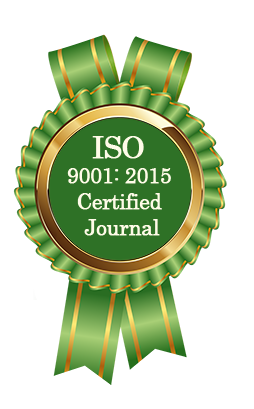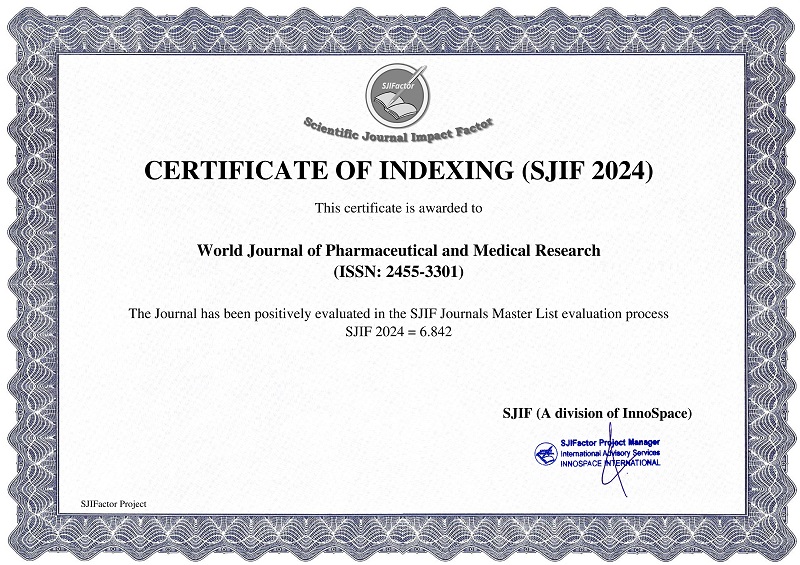COMPARISON OF RESTRICTED VS ROUTINE USE OF EPISIOTOMY IN A TERTIARY CENTRE
Sieqa Shah, Aquisa Bashir*, Anjum Malik
ABSTRACT
Objectives: To compare the outcome of restricted versus routine use of episiotomy in a tertiary center. Method: A prospective study was conducted for singleton normal vaginal deliveries at term. Deliveries managed with routine use of episiotomy formed the ‘Control Group’ while those managed with restricted use of episiotomy formed the ‘Study Group’. Data thus obtained was analyzed. Result: Total number of deliveries analyzed were 440 (‘Control Group’: n=200, ‘Study Group’: n=240). Restricted use of episiotomy led to 65% (n=151) women delivering without any perineal laceration in ‘Study Group’. This translated into 44% (n=42) reduction in the number of perineal lacerations in primipara and 25% (n=37) in multipara, compared to the ‘Control Group’. Only 2% of primipara in ‘Study Group’ had third-degree perineal tear. Conclusion: Restricted use of episiotomy resulted in considerable reduction in maternal morbidity due to perineal lacerations.
[Full Text Article] [Download Certificate]



